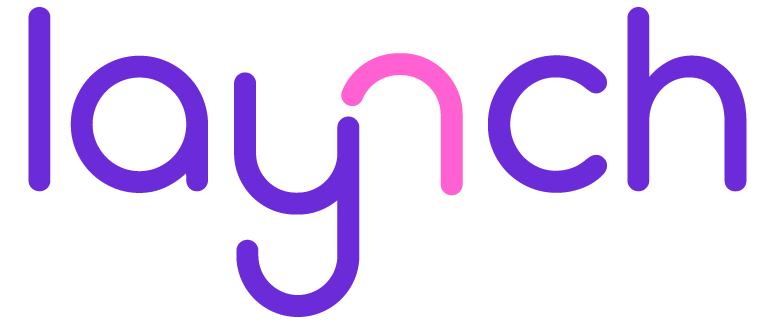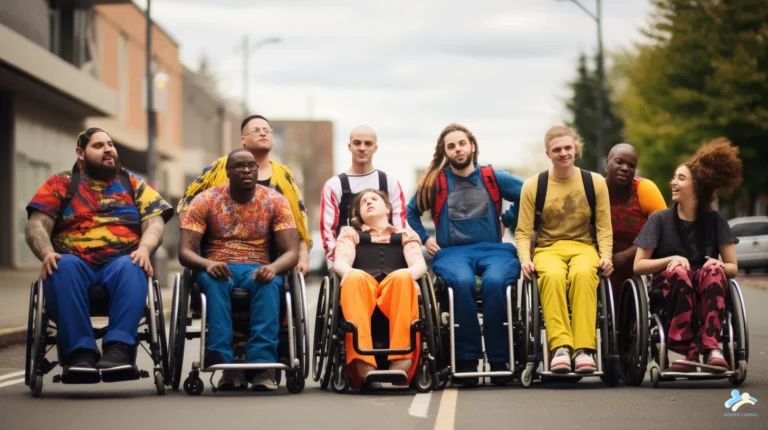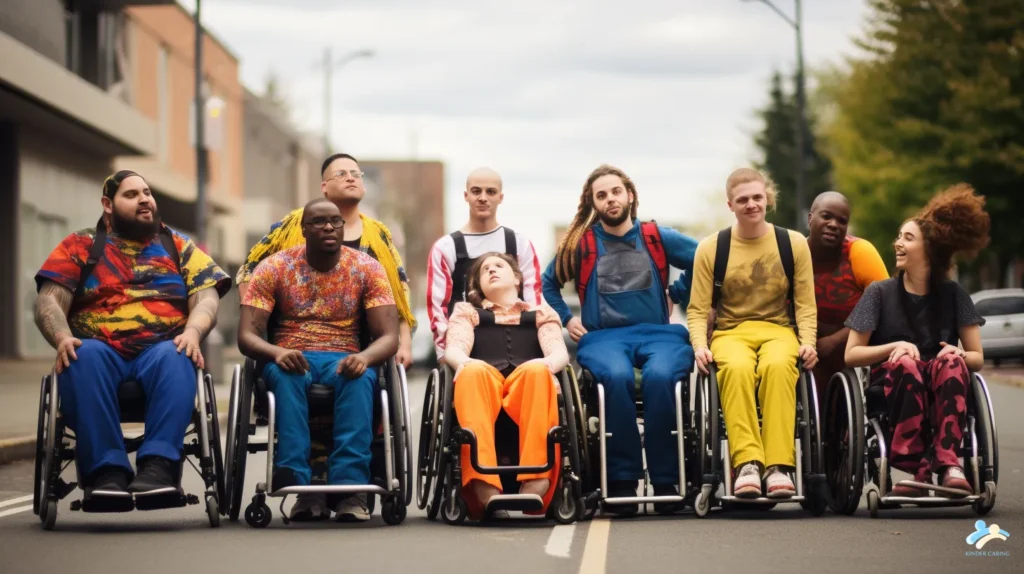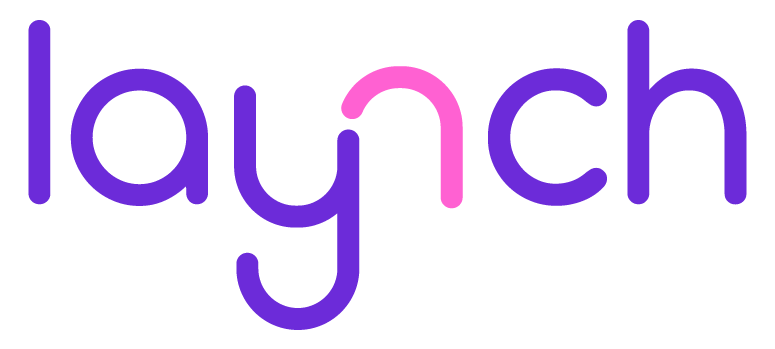Imagine walking into work every day knowing that who you are is fully welcomed, supported, and included, regardless of your abilities. That’s the power of disability inclusion in the workplace.
In today’s world, businesses that truly thrive are the ones that celebrate diversity in all its forms, including people with disabilities. But disability inclusion isn’t just a feel-good idea, it’s a practical, impactful strategy that benefits everyone, from employees to leadership.
So, how can your company become more inclusive, accessible, and supportive? This guide breaks it all down for you, step by step.
What Is Disability Inclusion in the Workplace?
Disability inclusion in the workplace means creating an environment where employees with disabilities feel valued, supported, and given equal opportunities to succeed. It goes beyond hiring—it’s about adapting workspaces, policies, and culture to remove barriers.
This includes:
- Welcoming visible and invisible disabilities
- Offering reasonable adjustments in the workplace
- Ensuring full workplace accessibility for disabled individuals
Inclusion isn’t a one-time checkbox—it’s a mindset and ongoing commitment.
Why Is Disability Inclusion Important for Employers?
Employers often ask: Why should we prioritize this? The truth is, there are so many disability inclusion benefits:
- Increased innovation through diverse perspectives
- A boost in employee engagement and morale
- Expanded talent pool, especially during labor shortages
- Strengthened company reputation as a disability confident employer
- Compliance with disability inclusion and accessibility laws
When employees feel included, they show up as their best selves—and the whole business wins.
What Are Reasonable Adjustments in the Workplace?
Also known as reasonable accommodations, these are changes made to help a person with a disability do their job effectively. Think of it as leveling the playing field.
Examples of reasonable adjustments include:
- Providing adaptive technology like screen readers or voice software
- Offering flexible work hours or remote work options
- Making physical adjustments like ramps or ergonomic desks
- Allowing extra time for tasks or training
The goal? To remove obstacles and let talent shine.
Disability Inclusion Strategies That Work
So how can employers promote disability inclusion effectively? Start by using a mix of practical steps and inclusive thinking. Here are a few key disability inclusion strategies:
- Create a disability inclusion policy
Write clear, supportive guidelines on how your company supports employees with disabilities. - Offer disability inclusion training
Educate leadership and teams on best practices, language, and how to build inclusive environments. - Embed inclusion into hiring
Design an inclusive hiring process that removes bias, offers accessible applications, and welcomes diverse candidates. - Make accessibility a priority
Ensure your workplace (physical and digital) supports accessibility at every level. - Promote inclusive communication
Use plain language, provide materials in accessible formats, and create safe spaces for employees to express needs.
Want to go a step further? Use a disability inclusion checklist for employers to track your efforts.
Common Barriers to Disability Inclusion in the Workplace
Even well-meaning workplaces face challenges. Here are a few barriers to inclusion to be aware of:
- Lack of awareness or training
- Stereotypes and unconscious bias
- Inaccessible technology or physical spaces
- Missing policies or inconsistent implementation
Recognizing these issues is the first step toward removing them.
How Can Companies Measure Success in Disability Inclusion?
Measuring progress matters. Here’s how:
- Track hiring and retention of employees with disabilities
- Review accessibility upgrades
- Conduct employee engagement surveys
- Ask for feedback directly from employees with disabilities
- Analyze participation in mentorship programs or leadership development
You can also use tools like a disability inclusion and workplace policy implementation scorecard to stay on track.
Helpful Resources for Disability Inclusion
There’s no need to go it alone. Here are some great starting points:
- Job Accommodation Network (JAN) – Guidance on reasonable accommodations
- ADA National Network, Training and legal information
- Disability:IN, Corporate inclusion best practices
- Local disability advocacy groups, For partnerships and lived-experience advice
Explore more on NDS’s official site to get involved.
Real Examples of Disability Inclusion in the Workplace
Need inspiration? Here are some examples of disability inclusion in the workplace:
- A marketing company offering mental health support and quiet rooms
- A tech firm using adaptive technology to hire visually impaired engineers
- A restaurant with a training program for people with developmental disabilities
- A remote-first company providing screen reader‑friendly interfaces and flexible hours
These stories prove that inclusion isn’t just possible, it’s powerful.
Don’t Forget Mental Health
Disability inclusion and mental health support go hand in hand. From offering wellness days to access to counseling, addressing invisible disabilities is just as important as physical ones.
Conclusion: Let Inclusion Be the Standard, Not the Exception
Disability inclusion isn’t a box to check; it’s a mindset shift. By fostering a workplace that values all abilities, you’re not just being fair but building a stronger, more innovative team.
Join us to learn more about disability inclusion.
















